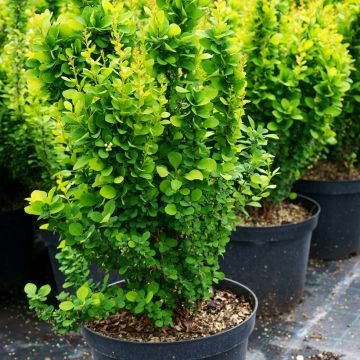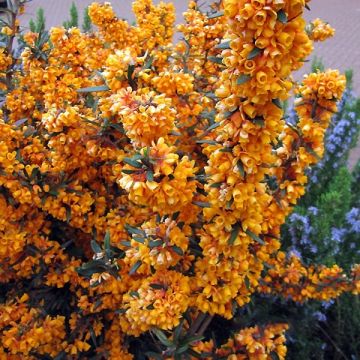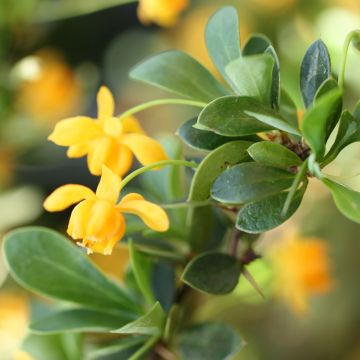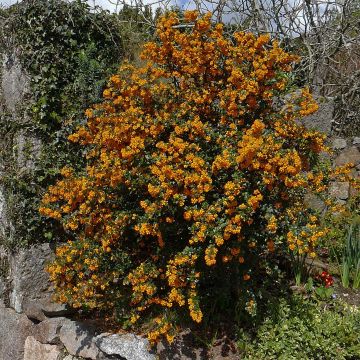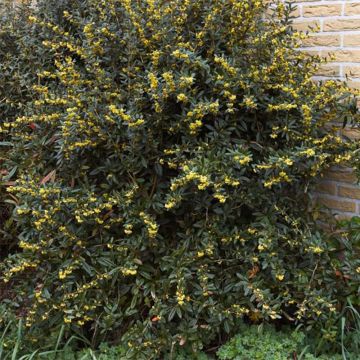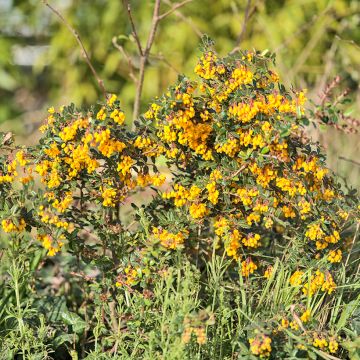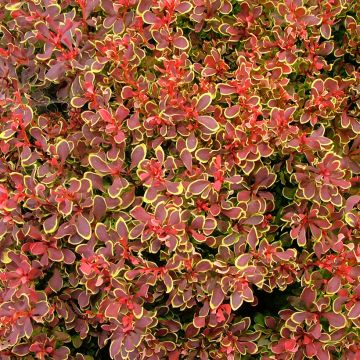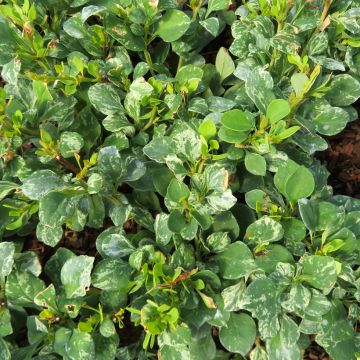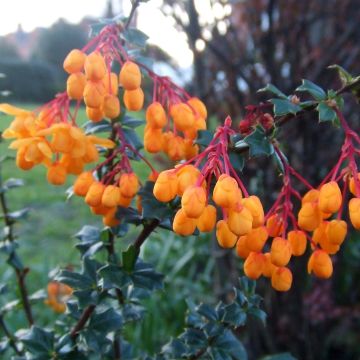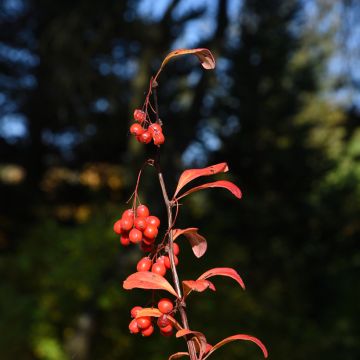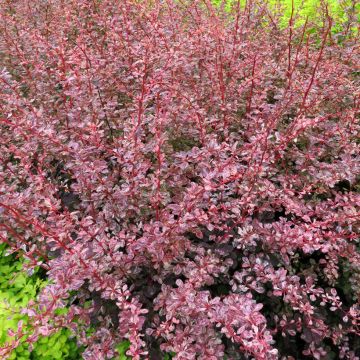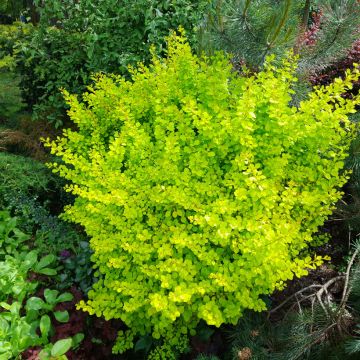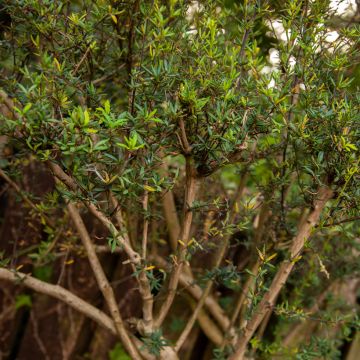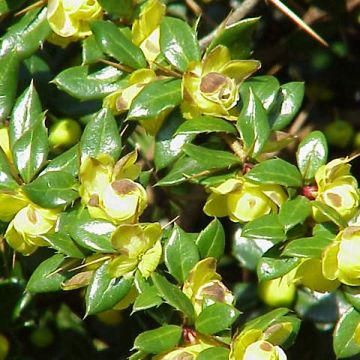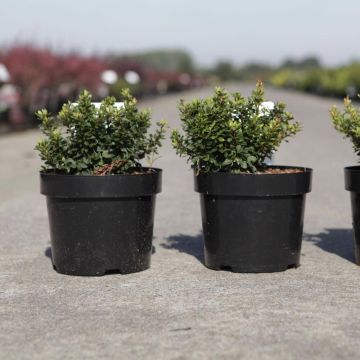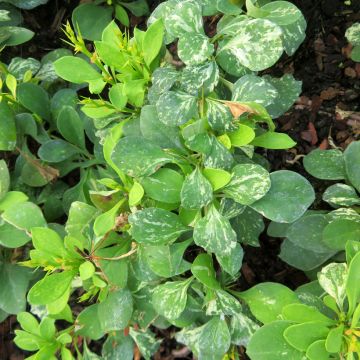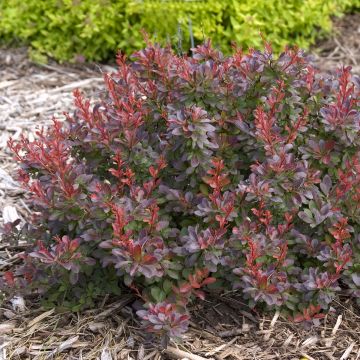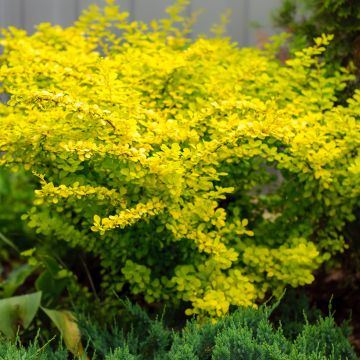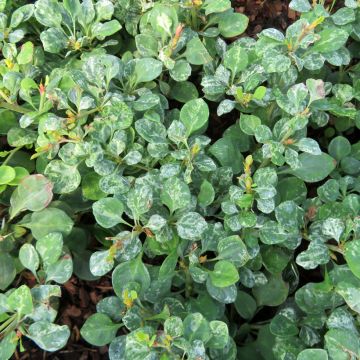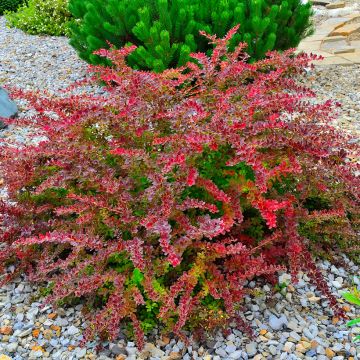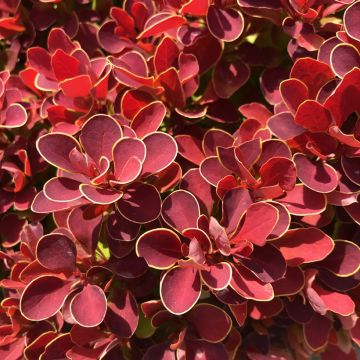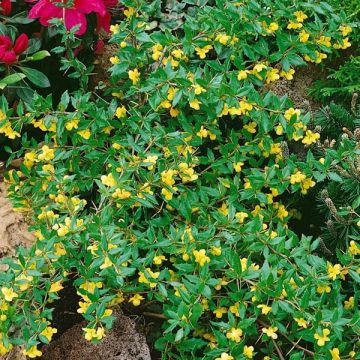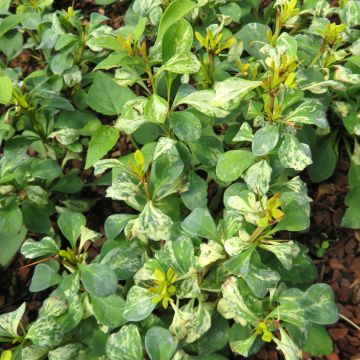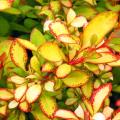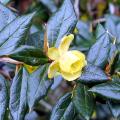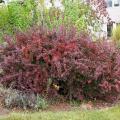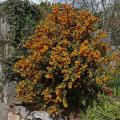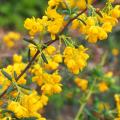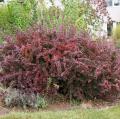Wild Berberis
Does this plant fit my garden? Set up your Plantfit profile →
Available in 1 sizes
Available in 1 sizes
Available in 2 sizes
Available in 2 sizes
Available in 1 sizes
Available in 2 sizes
Available in 3 sizes
Available in 1 sizes
Available in 1 sizes
Available in 1 sizes
Available in 1 sizes
Available in 1 sizes
Available in 1 sizes
Available in 2 sizes
Available in 1 sizes
Available in 1 sizes
Available in 1 sizes
Available in 1 sizes
Available in 1 sizes
Available in 1 sizes
Available in 1 sizes
Available in 1 sizes
Available in 1 sizes
Available in 1 sizes
Our selection of wild Barberry, botanical species of Barberry. In addition to Berberis vulgaris or barberry, a thorny bush found in our countryside known for its benefits and as a melliferous plant, there are many others. Particularly Berberis julianae, B. darwinii, and also Berberis thunbergii, interesting bushes for garden ornamentation. The latter has even given rise to the purple cultivar 'Atropurpurea', called Purple Barberry, which has been abundantly planted for many years. The genus Berberis actually includes about 450 species of deciduous or evergreen thorny bushes. They are all native to temperate and subtropical regions of Europe, Asia, Africa, and America. These very resistant thorny bushes, either deciduous or evergreen, are perfectly suitable for creating both defensive and highly decorative hedges.
Haven't found what you were looking for?







































